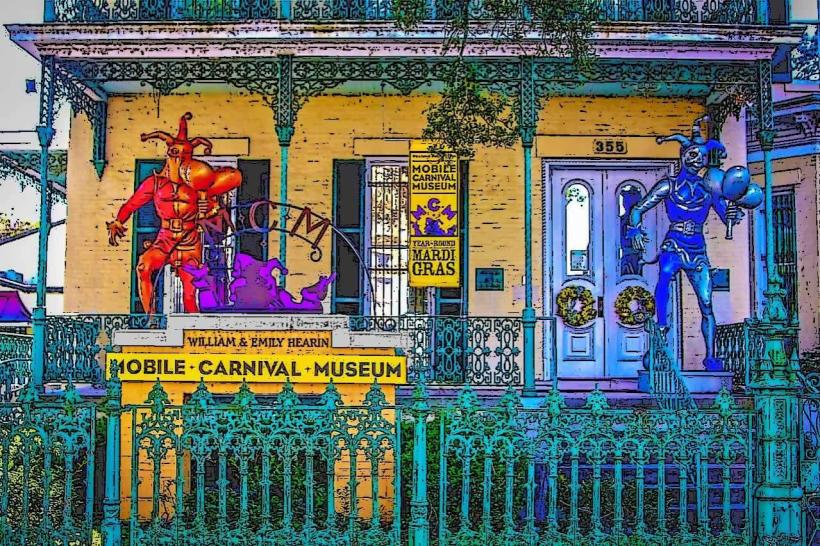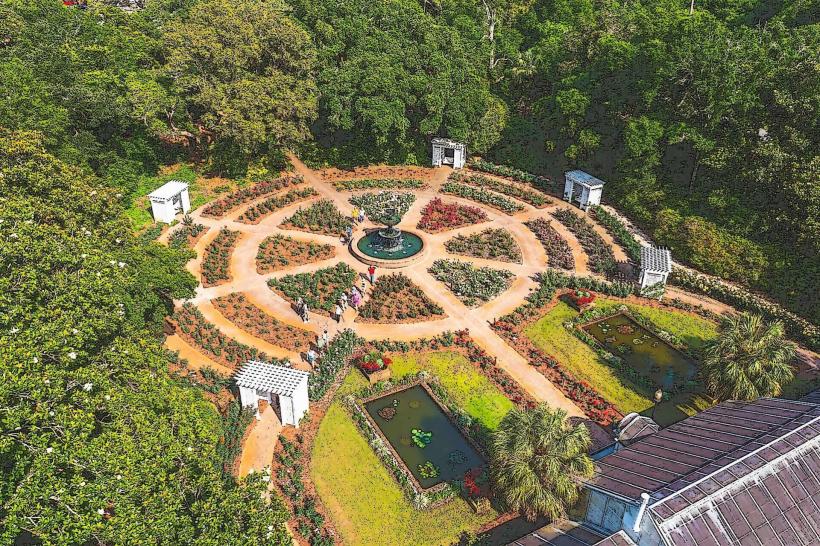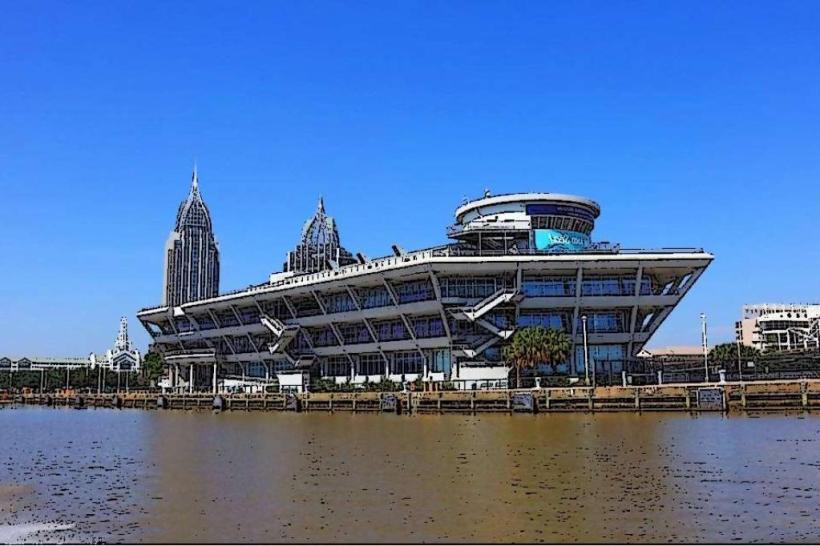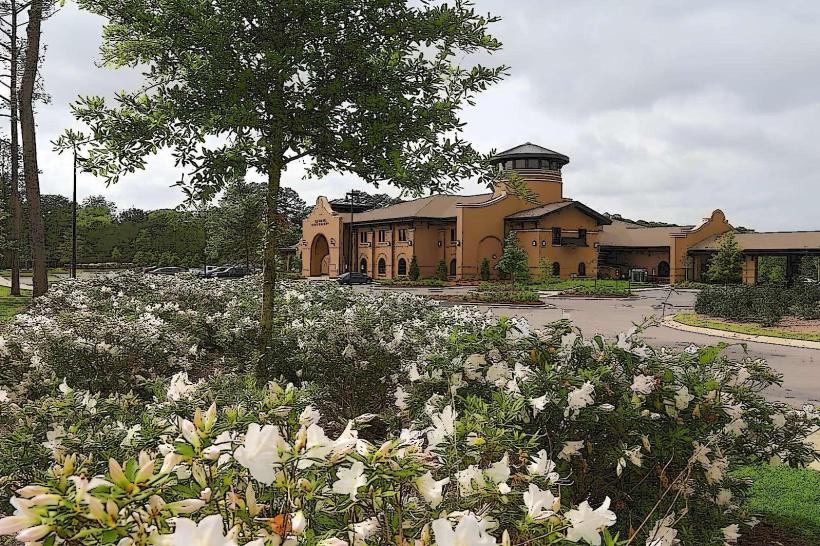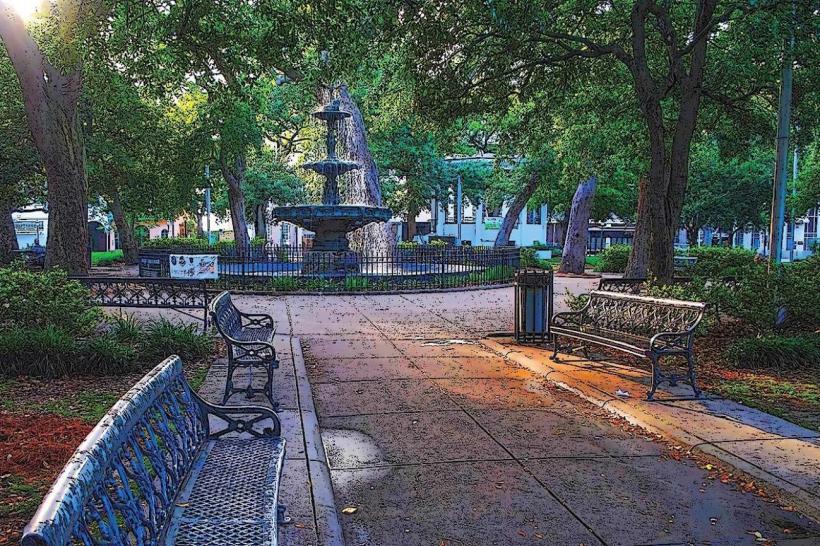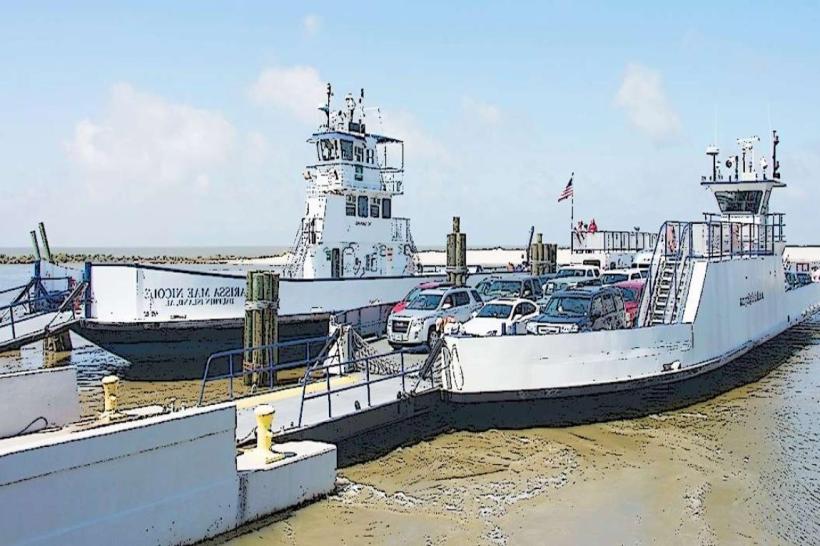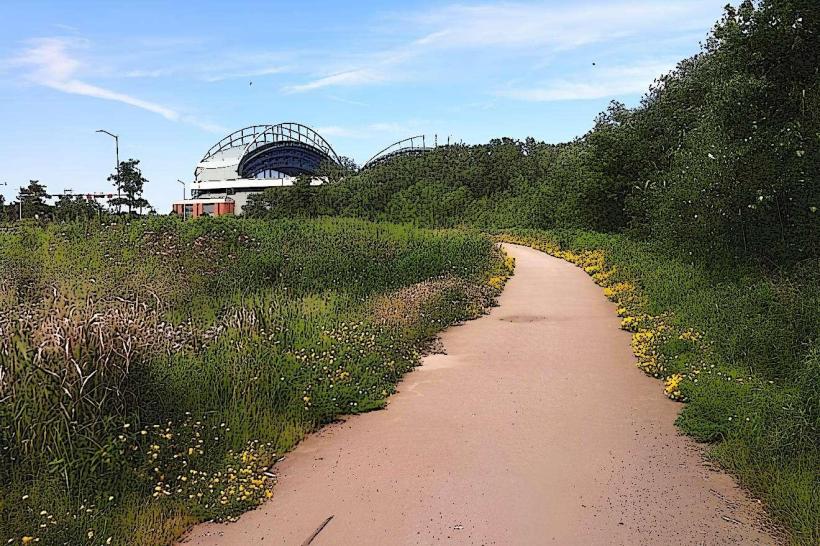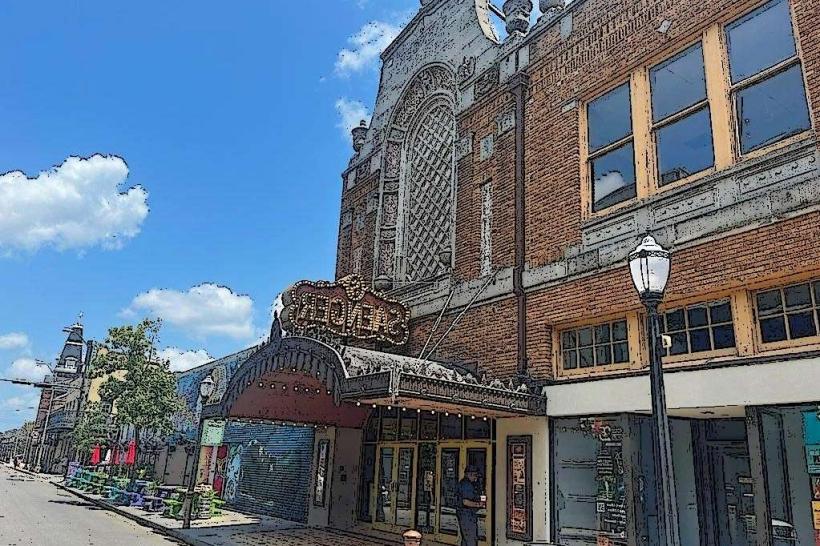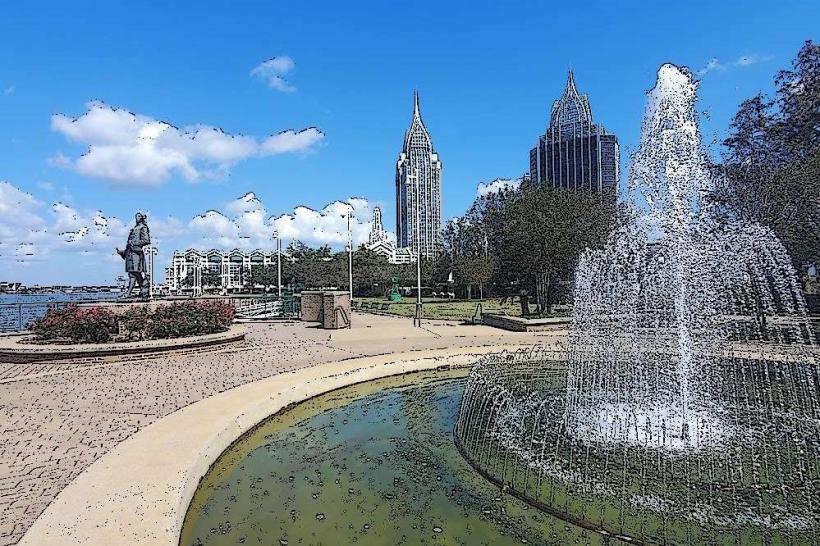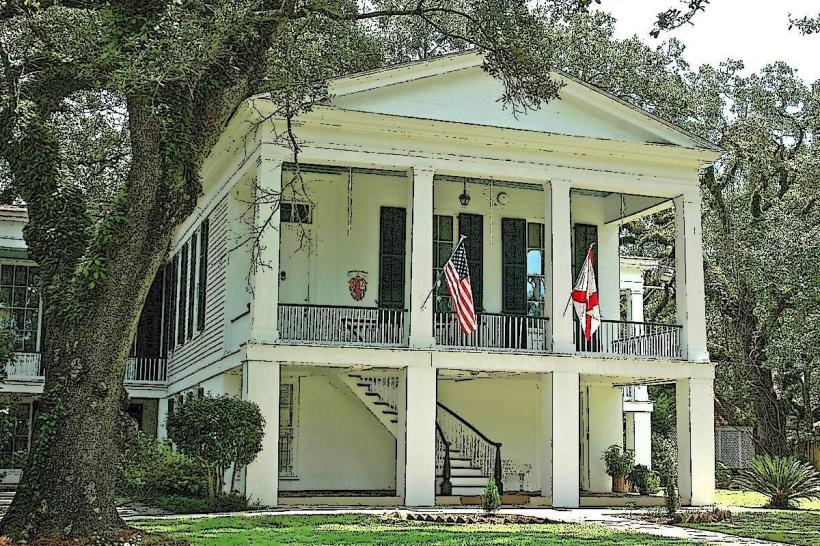Information
Landmark: Fort Conde Historic SiteCity: Mobile
Country: USA Alabama
Continent: North America
Fort Conde Historic Site, Mobile, USA Alabama, North America
The Fort Condé Historic Site in Mobile is a reconstructed 18th-century fort that reflects the city’s colonial origins and strategic significance as a Gulf Coast port. It serves as both a historical attraction and an interpretive center, offering visitors insight into Mobile’s role under French, British, and Spanish control.
Historical Background
Fort Condé was originally built by the French in 1723 to defend Mobile from naval attacks and to protect France’s holdings in the Gulf region. It was named in honor of Louis Henri, Duke of Bourbon, Prince of Condé. The fort was constructed from brick and stone with bastions, tunnels, and a strategic position along the Mobile River.
French Period (1702–1763) – The fort established Mobile as a key outpost in French Louisiana.
British Period (1763–1780) – Renamed Fort Charlotte after the Treaty of Paris, it served the British as a Gulf stronghold.
Spanish Period (1780–1813) – Spain took control, maintaining its military use.
American Period (1813 onward) – The U.S. captured Mobile during the War of 1812; the fort was later dismantled as the city expanded.
By the mid-19th century, most of the original structure had disappeared under downtown Mobile’s development.
Reconstruction
In preparation for the U.S. Bicentennial celebrations in 1976, a portion of Fort Condé was reconstructed at about one-third the scale of the original, based on historical maps and archaeological research. Today’s Fort Condé covers several blocks in downtown Mobile, blending authentic 18th-century military design with modern interpretive exhibits.
Layout and Features
The reconstructed site includes:
Bastions and Walls – Demonstrating how the original fort defended against river and land attacks.
Exhibits and Displays – Covering colonial life, weaponry, trade, and the fort’s role in regional conflicts.
Living History Elements – Costumed interpreters, replica cannons, and demonstrations of colonial crafts.
Underground Passages – Replicas that showcase how soldiers moved and stored supplies.
The layout allows visitors to imagine the scale of the original 1720s fort while providing interactive opportunities for education.
Cultural Role
The Fort Condé Historic Site is central to Mobile’s heritage tourism. It anchors the city’s colonial district, complementing nearby attractions like the History Museum of Mobile and Mardi Gras-related sites. Its reconstruction preserves an understanding of Mobile’s layered colonial past, which shaped the city’s architecture, culture, and trade patterns.
Visitor Experience
Hands-On Exploration – Visitors can walk through bastions, view replicas of soldiers’ quarters, and explore interpretive displays.
Family-Friendly – The site is interactive and accessible for children, with educational programs designed for schools and groups.
Guided Tours – Often available to provide deeper historical context.
Central Location – Situated downtown, within walking distance of Cathedral Square and Dauphin Street Historic District.
The Fort Condé Historic Site offers an immersive glimpse into Mobile’s colonial defense system, presenting the city’s strategic importance in Gulf Coast history while giving visitors a sense of stepping back into the 18th century.



